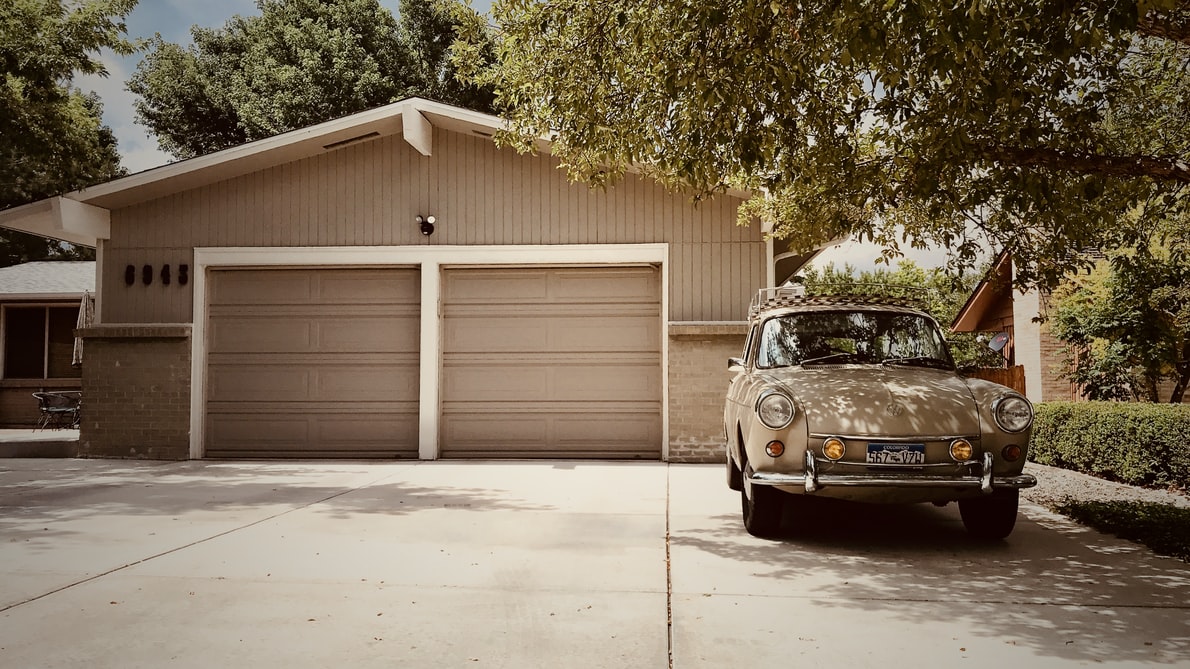Virtual doctors are board-certified physicians who prefer to practice online with video and phone appointments rather than consulting people.
They are qualified as general practitioners, and many virtual physicians hold face-to-face and in-person consultations. They form a sort of virtual healthcare that constitutes people attending live online doctor consultations.
Visual physicians vary from platform to platform. While some patients may be hesitant to use the observable doctor app, there is little concern about visible doctor visits.
Table of Contents
How does a virtual video doctor works?
Nowadays, people expect to use almost everything they do these days – from streaming TV shows to travel to order groceries without entering the store. But many people do not realize that seeing a doctor can be so easy.
Virtual visits help make health access much more effortless. Patients can see and talk to a doctor with their smartphone, tablet, or computer, which means they don’t have to go to the doctor’s office or stay in the waiting room. Instead, they can also visit doctors in their homes.
You can have a live doctor consultation with this facility.
Health issues covered under virtual video doctor consultation:
- Allergies
- Bladder or urinary tract infections
- Bronchitis
- Coughing
- Diarrhoea
- Fever
- Migraines or headaches
- Pink eye
- Rash
- Seasonal flu
- Sinus problems
- Sore throat
- Stomach ache
These were a few problems that can be asked via online doctor consultation.
Means of online doctor consultation
Online: Some medical offices have online patient sites where you can access your medical records, interact with staff, and request appointments. It is a form of virtual healthcare so that the people can consult the doctors.
Phone: For some providers, you may need to call the office to request a special telemedicine appointment.
Once you have set your visual selection, make sure you have internet access and some technology available at that time. To make a video call, you must use a computer, tablet, or smartphone. This form of virtual video doctor works as a live doctor consultation.
Tips for attending online doctor consultation
You must be wondering how a virtual video doctor works. But here a few tips on attending a live doctor consultation:
Find a quiet place with good lighting: Try to avoid noisy or dark areas of your home, as this will make it harder to see and get along. And make sure you are entirely focused on the appointment and pay attention to everything.
Use headphones: This often provides better sound, so you and your doctor will get along better. It can also help protect the patient’s privacy on both ends.
Make sure to be calm and patient: Visible appointments may be new to you and your doctor, so ask each other to ensure a good experience. If the screen becomes frozen or lags are lost, tell them calmly and stay calm if there are interruptions, set up a plan of what you will do, such as who will call the other back.
Services under online doctor consultation
Follow-up Care: Virtual health care provider follows a previous visit or checks with the patient to determine if direct care is needed. If treatment is required, the applicant can send a prescription directly to your pharmacy.
Counselling and Training: Services requiring counselling and training, such as antenatal care and diabetes management of people suffering from blood pressure.
Medication Management: For people with chronic illness conditions that require prescription medication, such as diabetes or high blood pressure, regular checkups are necessary.
Behavioural Health Services: Mental health services and mental health counselling are usually language-based and usually do not require hands-on care from a provider, making these services well suited for long-distance delivery.
Health Screening: In the current crisis, visible doctor visits are a wise way to reduce infection transmission. Many doctors and health care facilities offer remote testing options for COVID-19.
Read Also: Know the Top Benefits of Online Doctor Consultation
Rural Care: In some cases, which may be more common in rural areas, the patient will enter the office of their primary care provider. Then they will connect through audio and visual connections with a specialist provider at another hospital or health centre hundreds of miles away.


